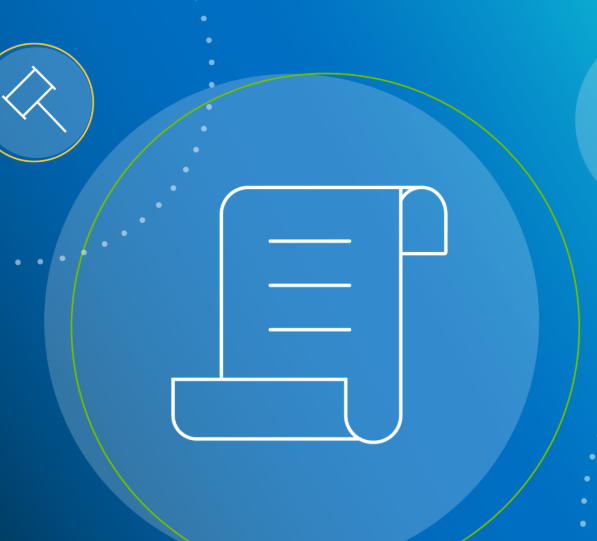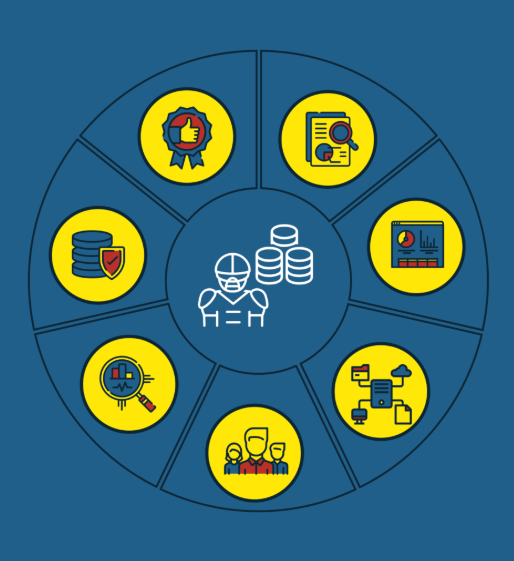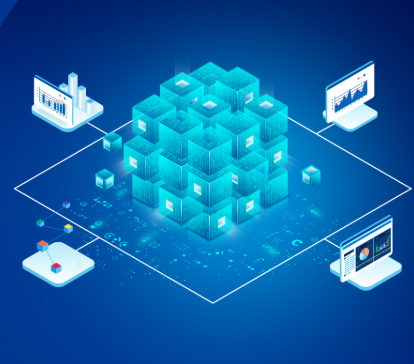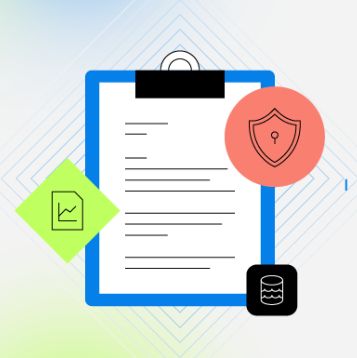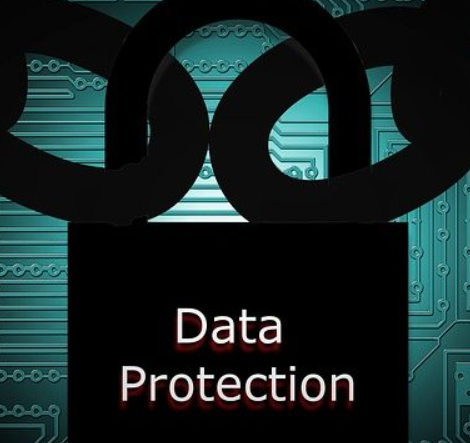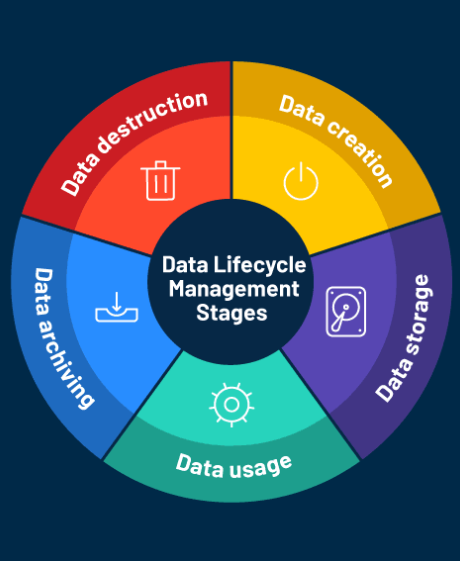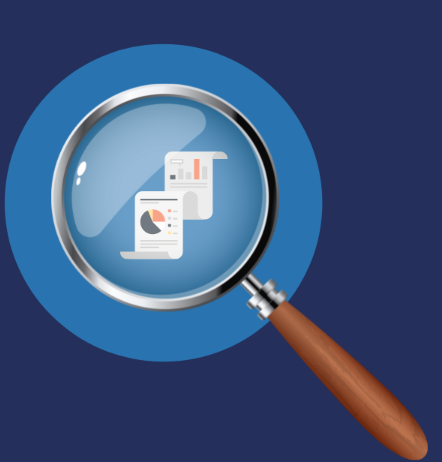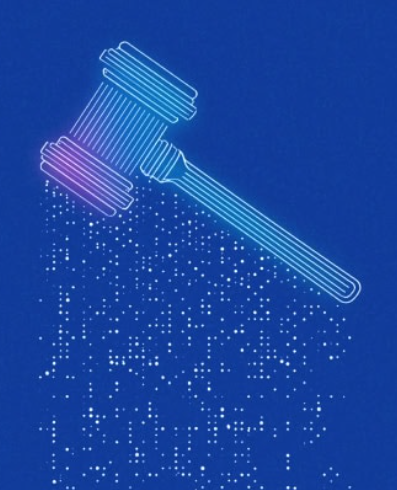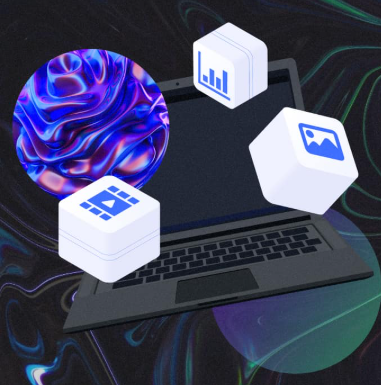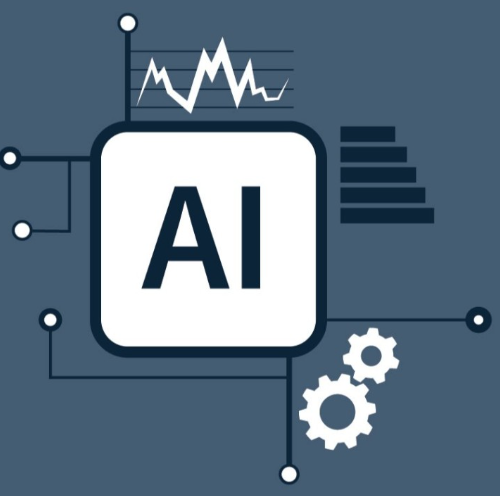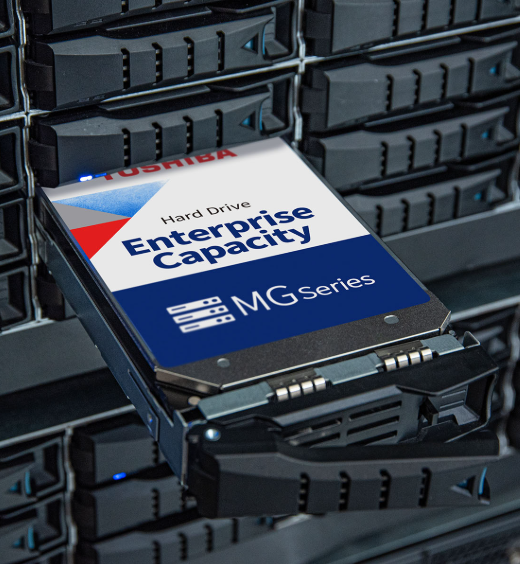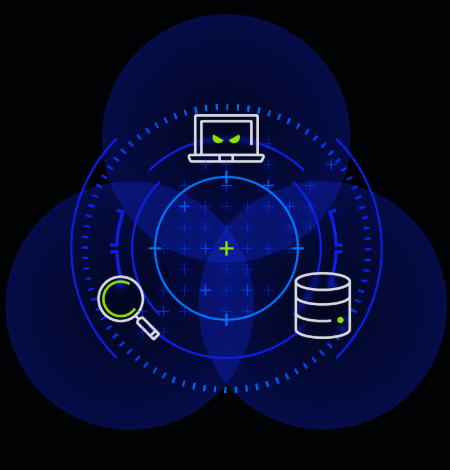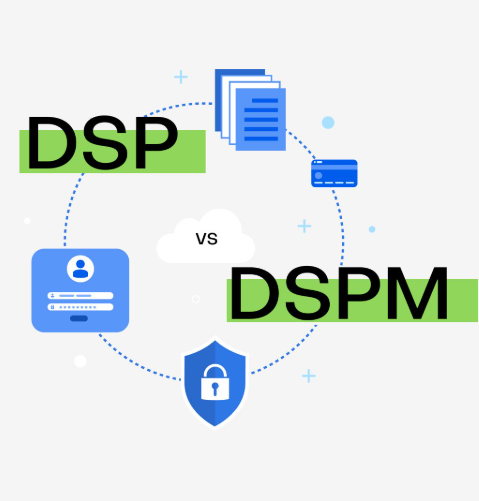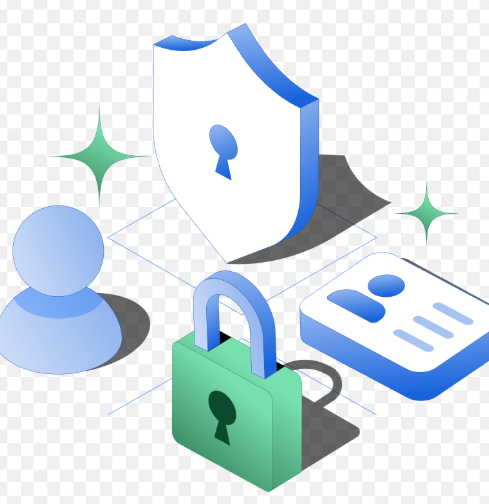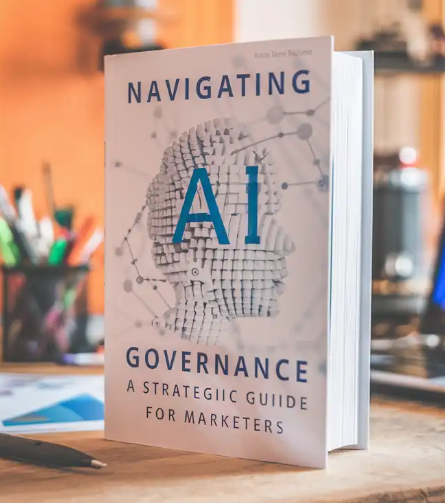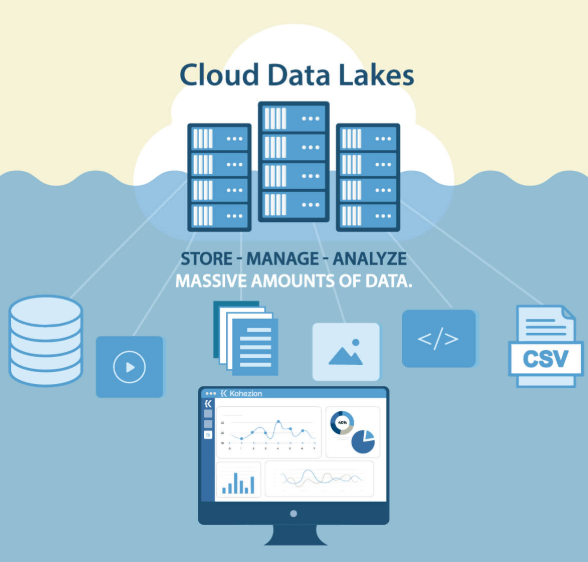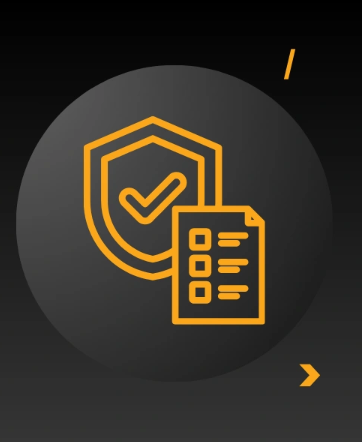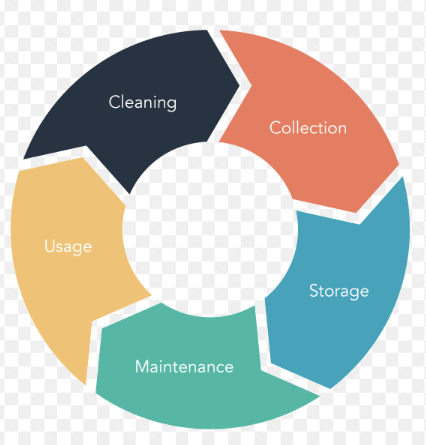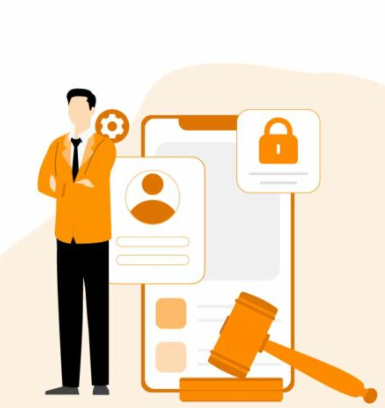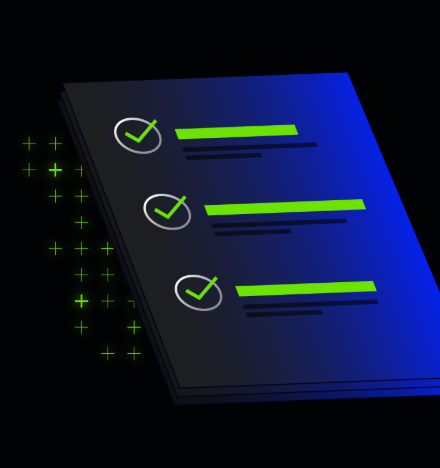
In today’s digital world, safeguarding sensitive data is a top priority for organizations, particularly those managing vast and diverse data repositories. Whether it’s customer information, financial records, intellectual property, or personal health data, ensuring that only the right individuals have access is crucial. This is where Identity and Access Management (IAM) becomes essential in protecting these data repositories.
1. Preventing Unauthorized Access to Sensitive Data
As organizations handle multiple data repositories across different environments—whether on-premises, in the cloud, or in hybrid infrastructures—ensuring the security of sensitive data is paramount. IAM solutions are vital in making sure that only authorized individuals can access specific data, based on their role or business needs.
- Granular Access Control: IAM systems define roles and permissions, ensuring that employees only access the data necessary for their job. For instance, someone in the finance department would have access to financial records but not to HR data, reducing the risk of unauthorized access.
- Least Privilege Principle: IAM enforces the principle of least privilege, ensuring users are granted the minimum access needed for their tasks. This reduces the potential impact of a compromised account or misuse of privileges.
2. Strengthening Data Security Through Authentication and Authorization
IAM plays a crucial role in both authentication and authorization, ensuring that only the right users can access data repositories.
- Authentication: Methods like Multi-Factor Authentication (MFA) strengthen security by requiring users to verify their identity through multiple forms of authentication, such as biometrics or phone-based verification. MFA is particularly important for cloud-based repositories accessed from various locations.
- Authorization: After users are authenticated, IAM systems enforce policies that dictate what data they can access and what actions they can perform—be it read, write, delete, or share. Role-Based Access Control (RBAC) and Attribute-Based Access Control (ABAC) are two approaches used by IAM systems to ensure users access only the data they’re authorized to handle.
3. Ensuring Compliance with Data Privacy Regulations
Organizations must comply with strict data privacy regulations such as GDPR, CCPA, and HIPAA, which require tight control over sensitive data access. IAM helps organizations meet these obligations by:
- Audit Trails: IAM provides detailed logs showing who accessed what data, when, and from where. These logs are essential for demonstrating compliance during audits and identifying unauthorized access attempts.
- Access Reviews: Regular access reviews are often required by compliance standards. IAM tools automate these reviews, ensuring only authorized users have access to sensitive data.
- Data Sovereignty: IAM ensures that access to data complies with legal regulations governing data residency and data access rights in various jurisdictions.
4. Mitigating Risks of Data Breaches and Insider Threats
Data breaches pose a significant risk, and insider threats—whether intentional or accidental—are particularly dangerous because they exploit trusted access. IAM helps mitigate these risks through:
- Continuous Monitoring and Auditing: IAM systems monitor user activities within data repositories, sending real-time alerts for suspicious activities such as unauthorized access or data exfiltration. Continuous auditing also helps investigate potential security incidents.
- Role Segmentation: By enforcing clear roles and access policies, IAM minimizes the risk of privilege escalation, where unauthorized users gain elevated access rights and compromise more sensitive data.
- Privileged Access Management (PAM): For users with elevated privileges (e.g., system administrators), IAM implements PAM to enforce strict access controls, limiting the time and scope of their access to critical data.
5. Streamlining User Onboarding and Offboarding
IAM systems simplify the management of user access rights, particularly during employee onboarding and offboarding processes. This ensures that data access is granted quickly and revoked when no longer needed.
- Automated Provisioning and De-provisioning: IAM automatically assigns access rights to new employees or contractors and revokes access when they leave the organization. This reduces the risk of orphaned accounts—active accounts that can be exploited by malicious actors after an employee departs.
- Efficient Role and Policy Assignment: When employees change roles, IAM systems allow for easy reassignment of access based on their new responsibilities, ensuring they retain only the necessary access to data.
6. Enhancing Operational Efficiency
IAM systems simplify the management of user identities and access controls across various data repositories, reducing administrative burdens and improving efficiency, especially in complex IT environments.
- Centralized Access Control: IAM provides a unified management system for controlling user access across multiple platforms, which is especially important for businesses with hybrid IT environments involving on-premises and cloud-based data repositories.
- Self-Service Features: Many IAM systems offer self-service options, such as password resets and access request approvals, enabling users to manage their access rights within predefined limits and freeing up IT teams for more complex security tasks.
7. Scalability for Growing Organizations
As organizations grow, the need to manage more users and larger data repositories increases. IAM solutions offer the scalability required to handle this expansion effectively.
- Cloud Integration: With the rise of cloud services, IAM systems that integrate with providers like AWS, Azure, and Google Cloud ensure secure access to cloud-hosted data. IAM can also manage access to SaaS applications and other third-party platforms.
- Federated Identity Management: For businesses collaborating with external partners, IAM allows for federated identity management, enabling secure access to internal data repositories without creating separate accounts for external users.
Conclusion
Identity and Access Management (IAM) is essential for securing sensitive data stored across various data repositories. By implementing robust IAM solutions, organizations can protect their data from unauthorized access, comply with data privacy regulations, and minimize risks from insider threats and data breaches. IAM also streamlines user management and enhances operational efficiency, making it a vital component of a comprehensive data security strategy.
In a rapidly changing IT landscape, IAM solutions provide the scalability and flexibility needed to safeguard data while ensuring compliance and improving overall business operations.




